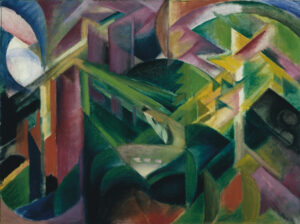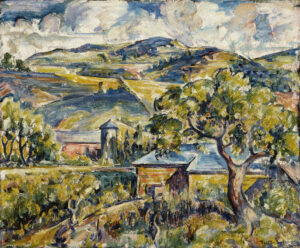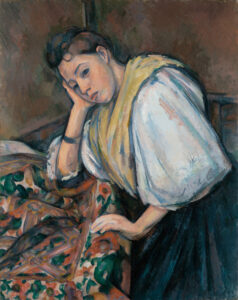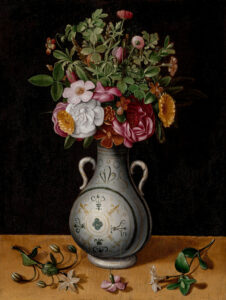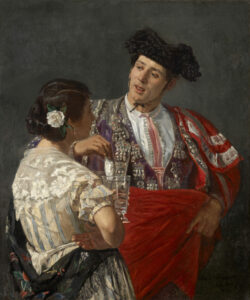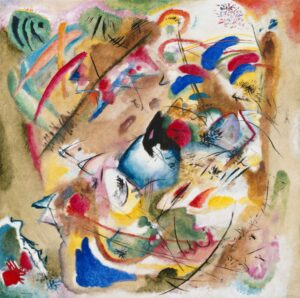
Portrait of a Modern Mind: Van Gogh’s “L’Arlésienne”. The work before us stands as a testament to Van Gogh’s genius during his Arles period. “L’Arlésienne: Madame Joseph-Michel Ginoux” presents a pensive woman, absorbed in her reading, as if suspended between two worlds.
The brilliant yellow background, the artist’s chromatic signature, radiates with an almost supernatural light that masterfully contrasts with the dark silhouette of the subject. Van Gogh’s vibrant, nervous brushwork animates every centimeter of the canvas, transforming an everyday scene into a dreamlike vision. The books placed on the green table reveal Van Gogh’s interest in meaningful still life elements that carry significance. Marie Ginoux’s melancholic gaze, accentuated by her pose—one hand supporting her face—conveys the tension between physical presence and intellectual escape that the painter captured with such intensity.
Object Information
- Title: L’Arlésienne: Madame Joseph-Michel Ginoux (Marie Julien, 1848–1911)
- Artist: Vincent van Gogh (Dutch, 1853-1890)
- Date: 1888-1889
- Dimensions: 91.4 × 73.7 cm (36 × 29 in.)
- Location: The Metropolitan Museum of Art, Fifth Avenue, New York, Gallery 825
- https://www.metmuseum.org/art/collection/search/436529
Vincent van Gogh (1853-1890) was experiencing one of the most prolific and tumultuous periods of his life during his stay in Arles. Settled in the “Yellow House” in 1888, he dreamed of establishing an artists’ community there.
It was during this period that he met Marie Ginoux, proprietress of the Café de la Gare, which he frequented. The relationship between the painter and his subject perfectly illustrates Van Gogh’s ability to establish profound connections with the inhabitants of Arles, despite his status as a foreigner. This portrait, created just before the crisis that would precipitate his break with Gauguin and the self-mutilation of his ear, represents a moment of grace before the storm.

